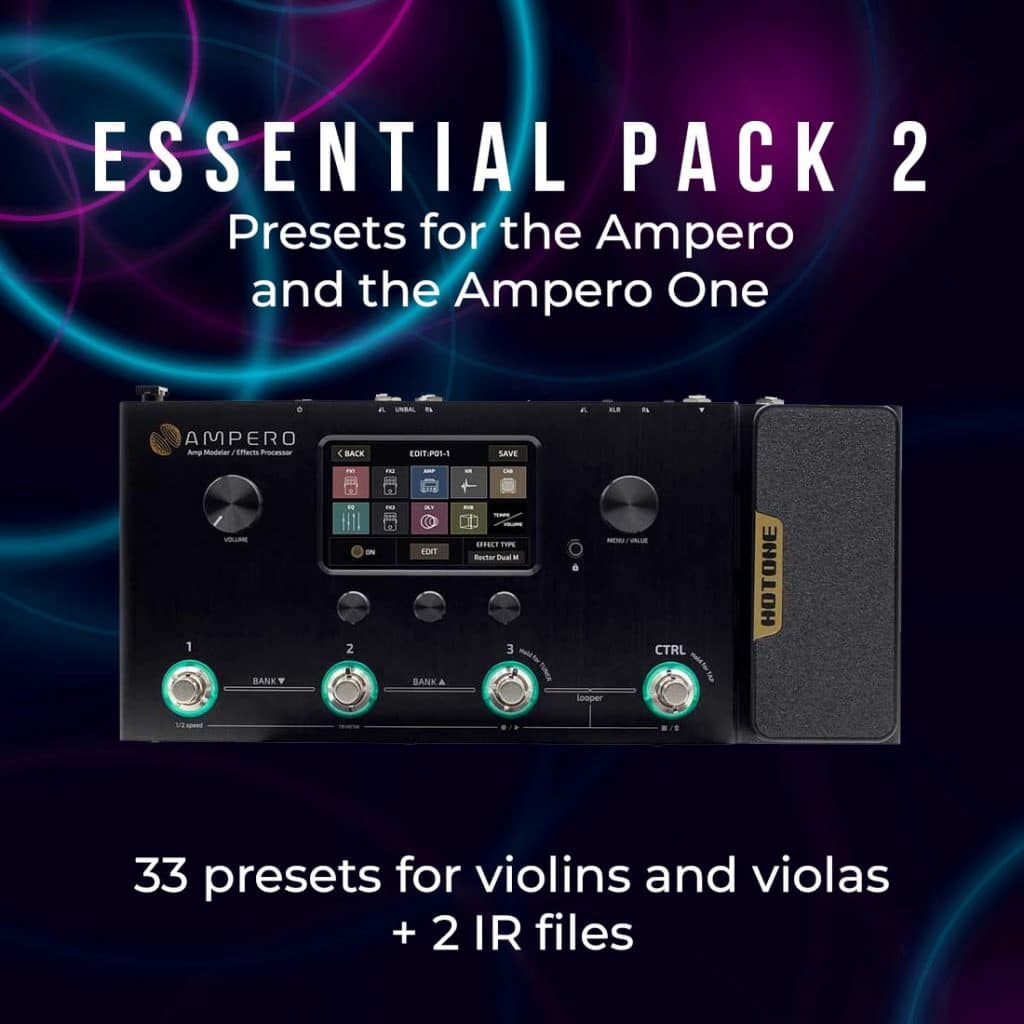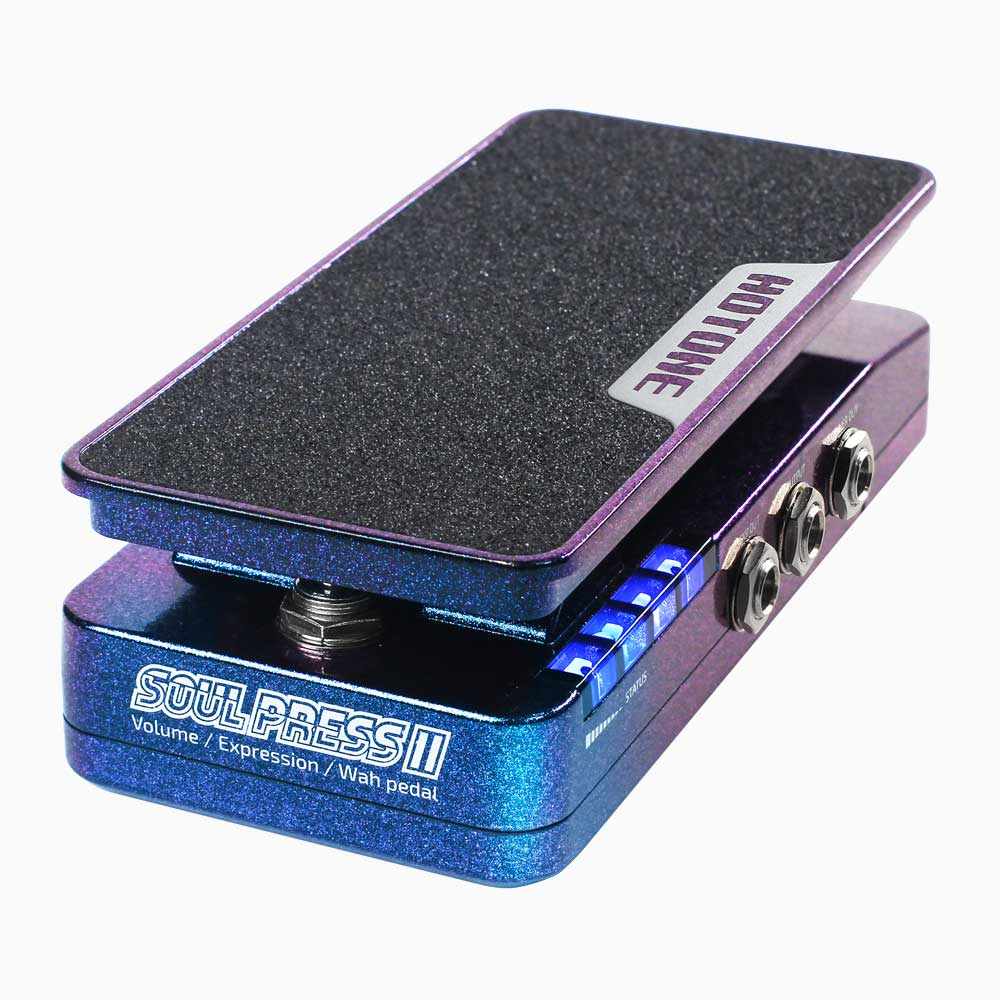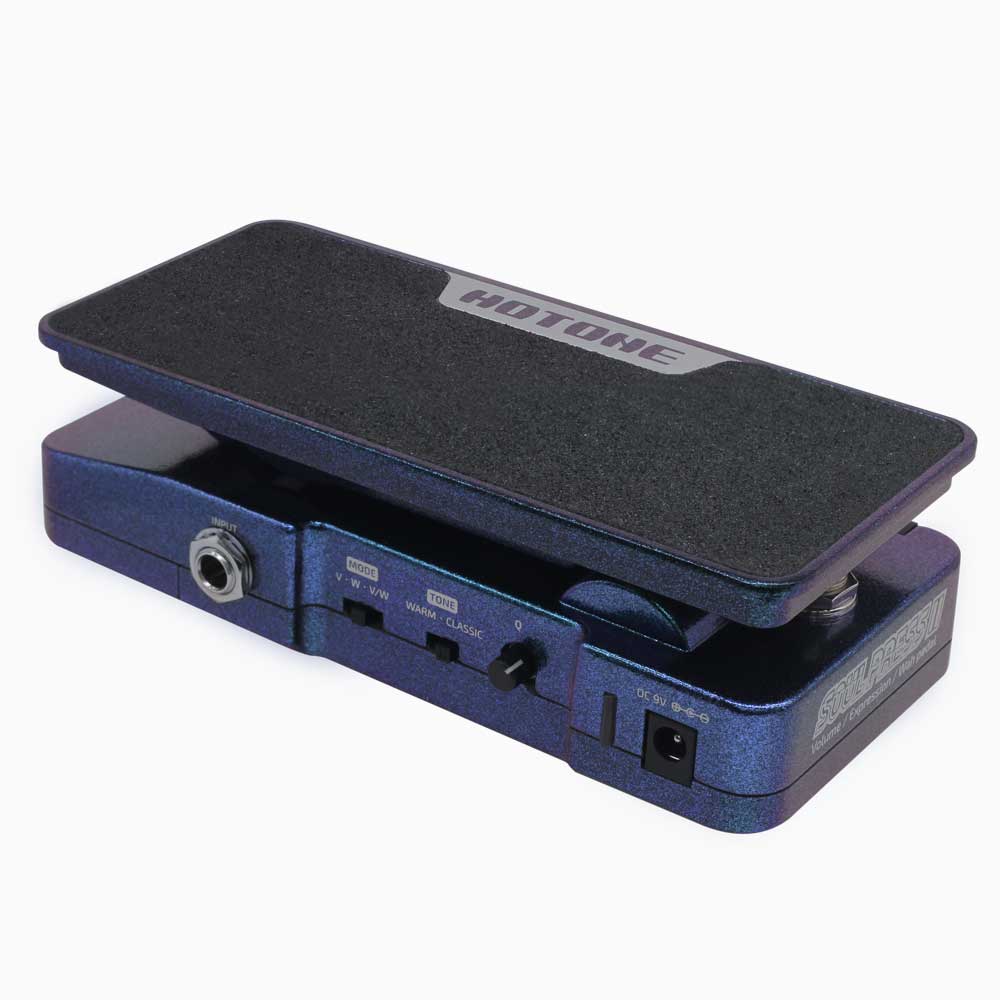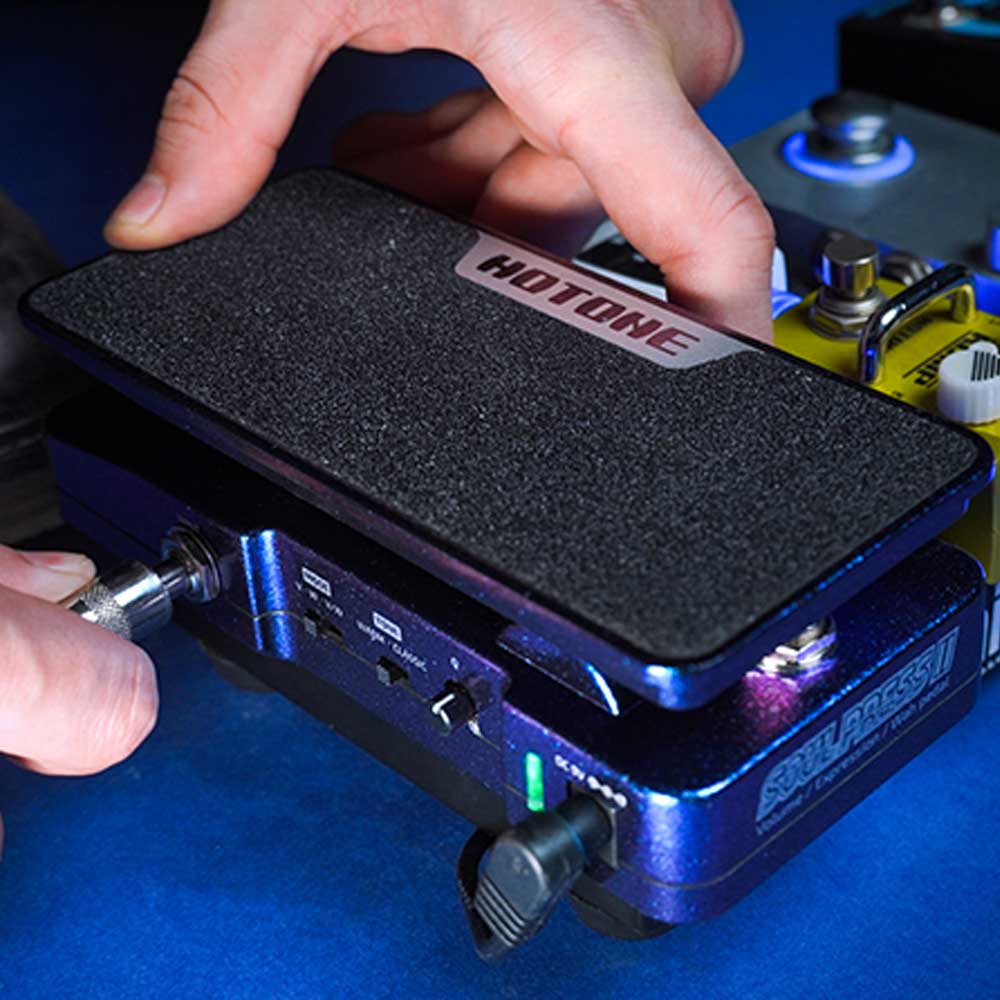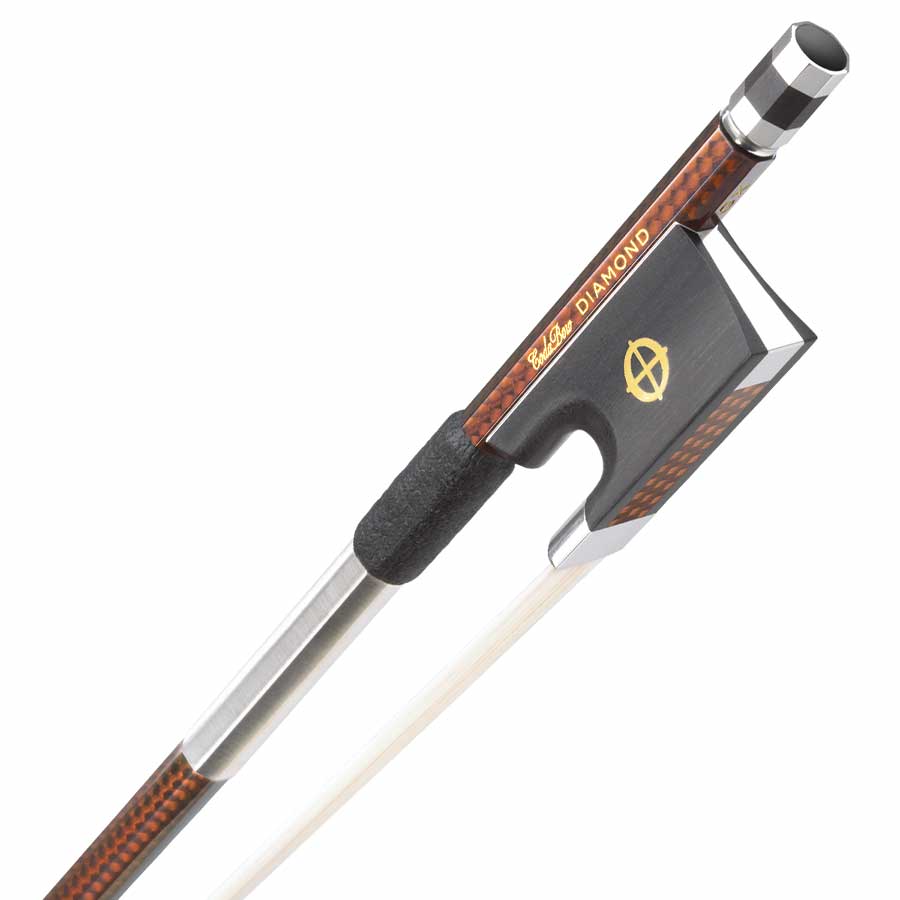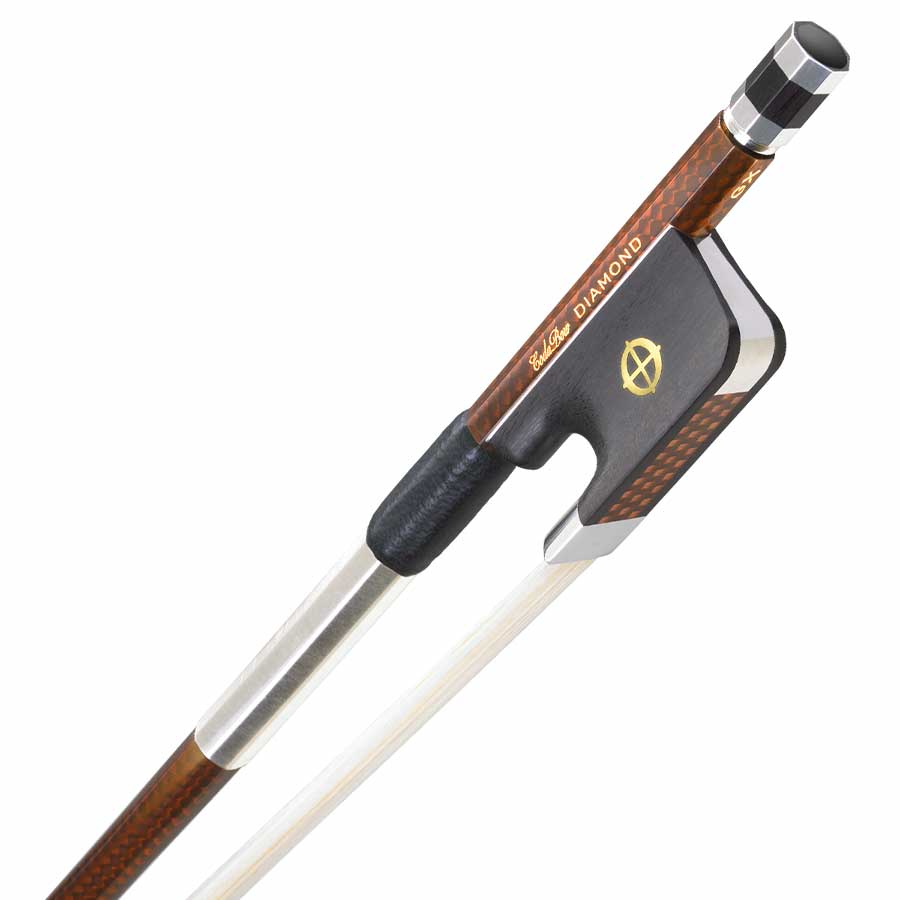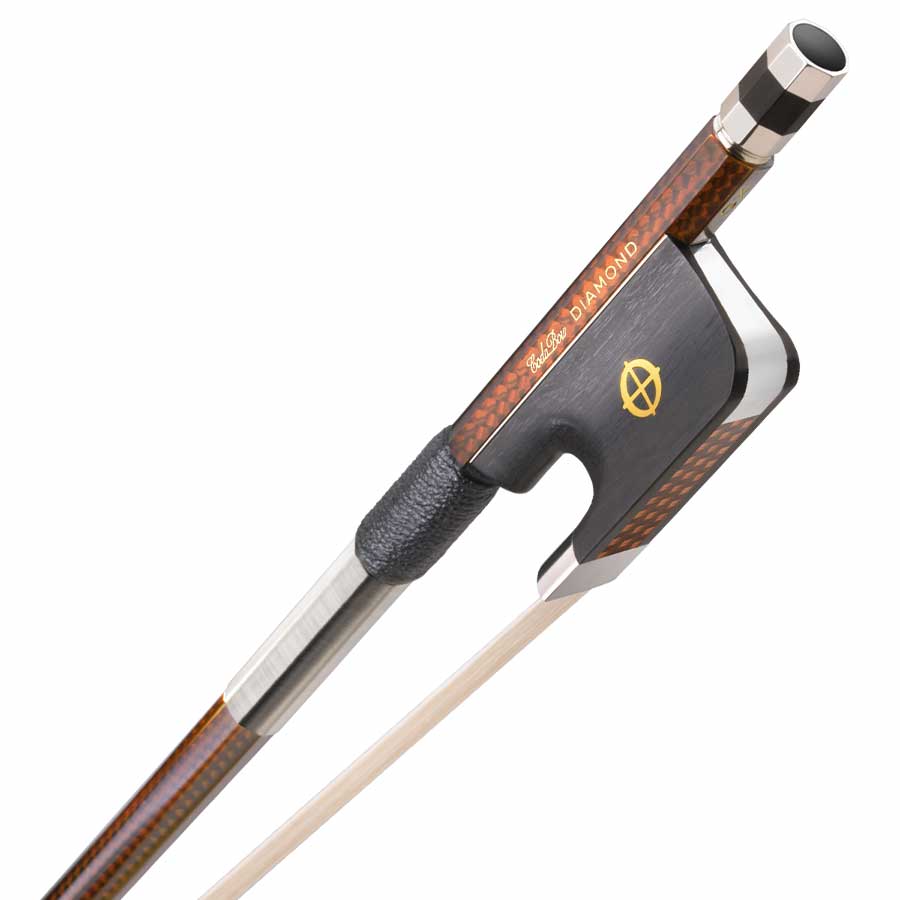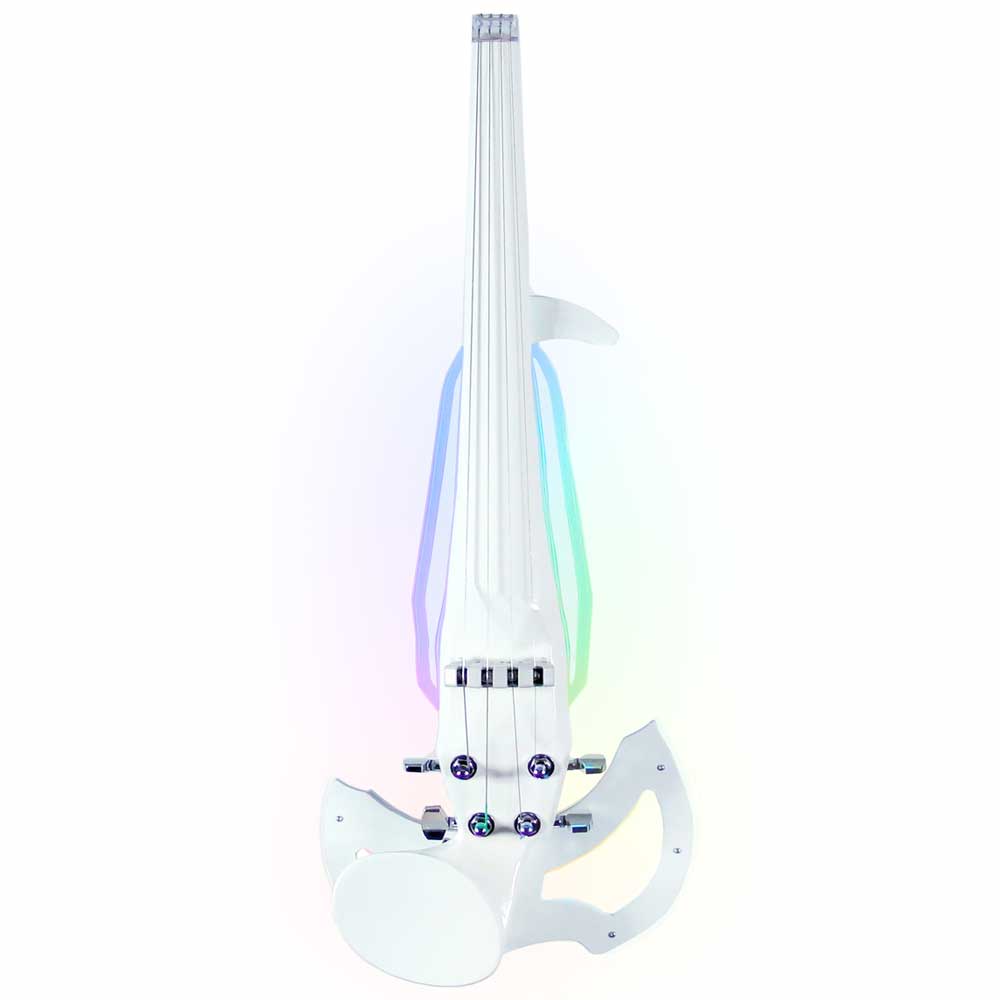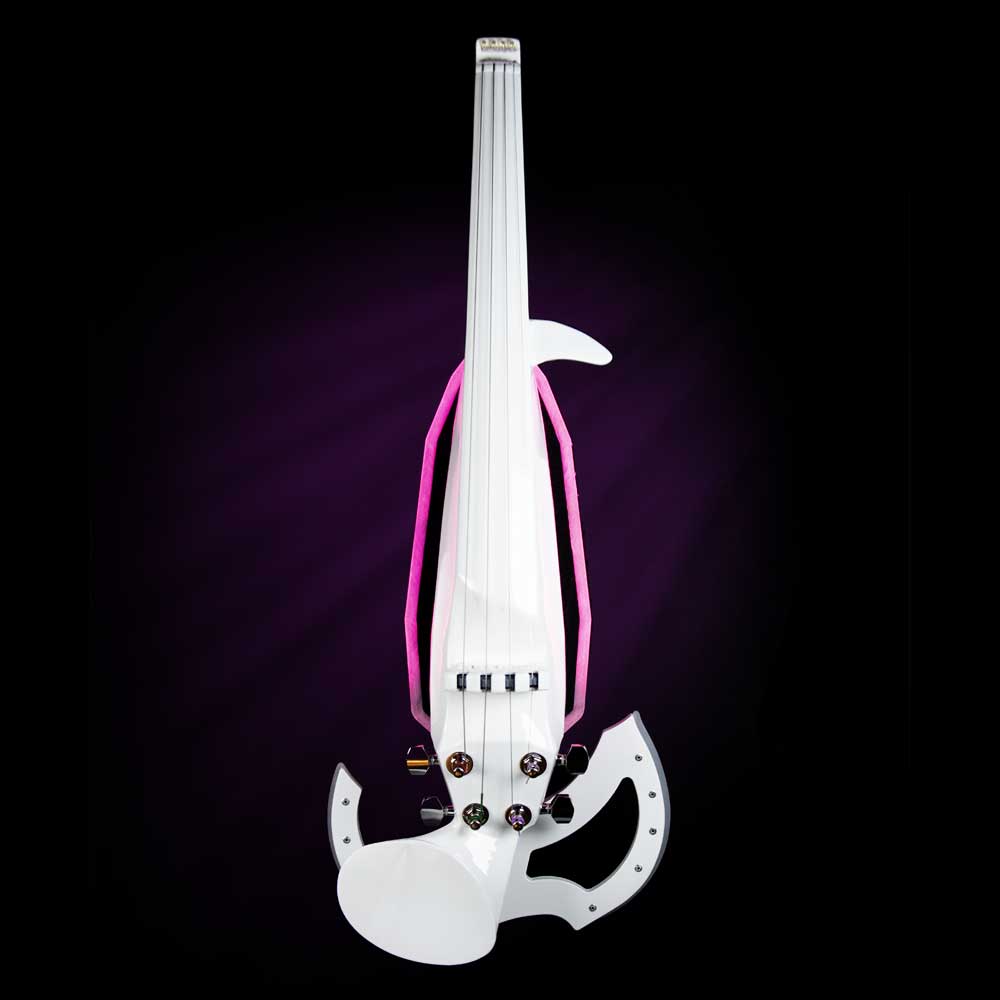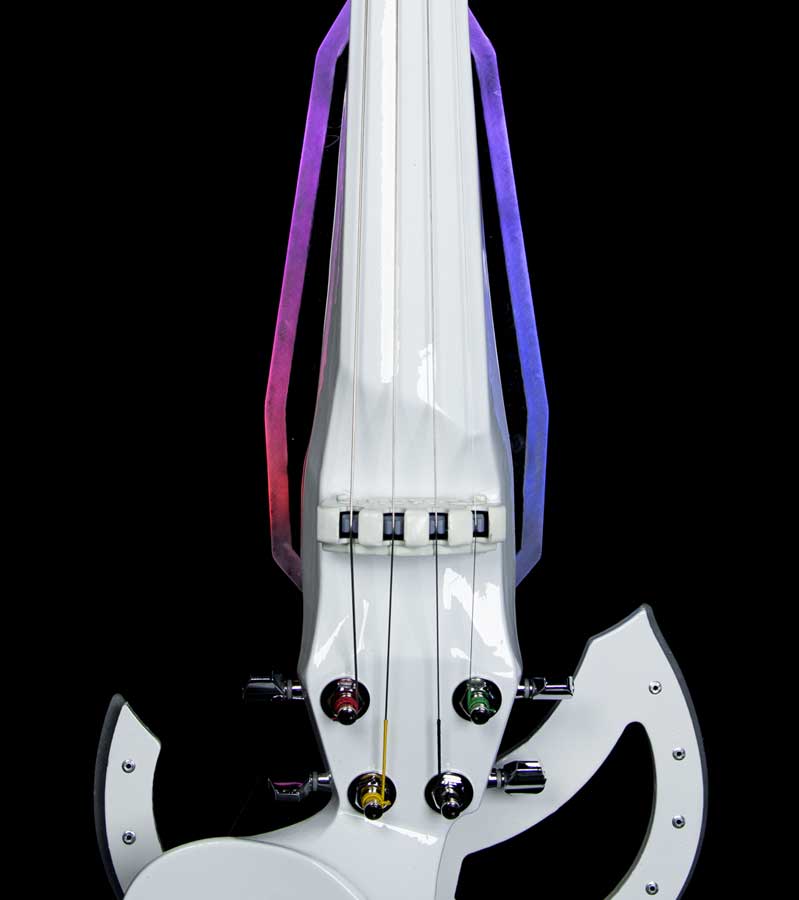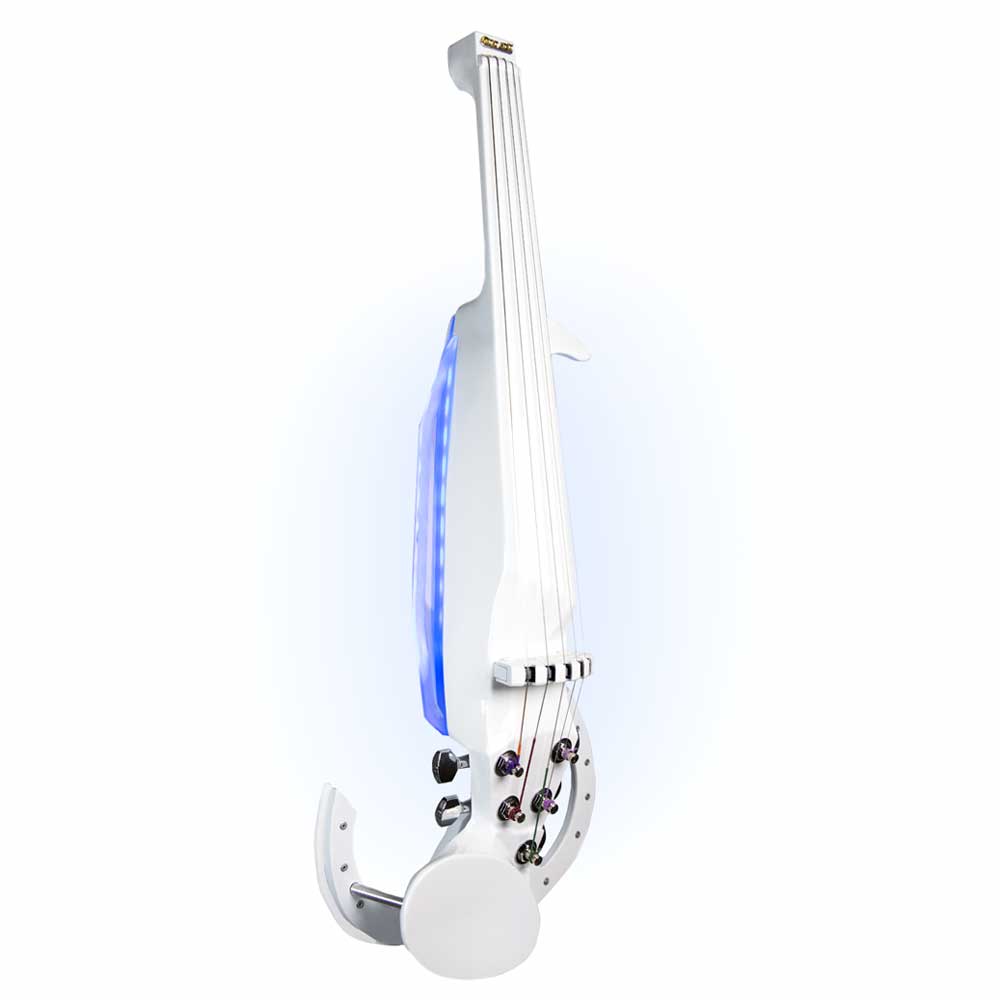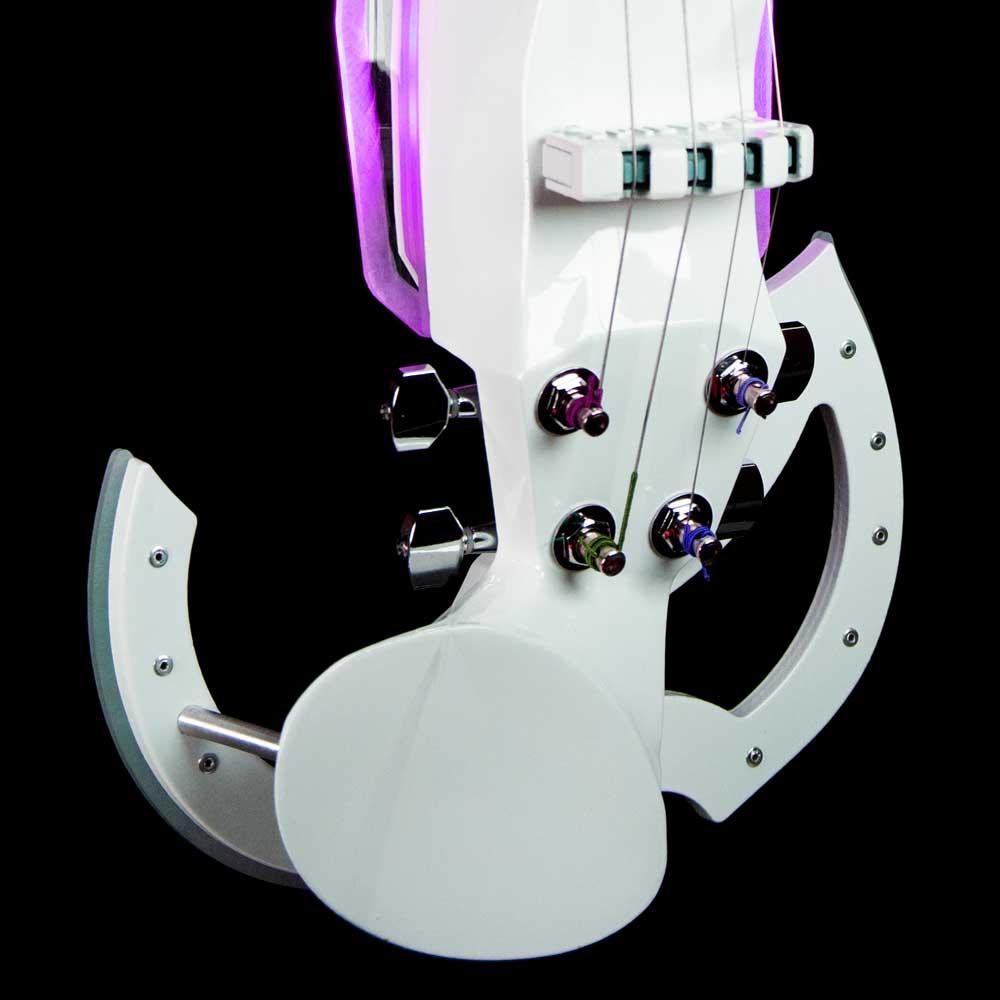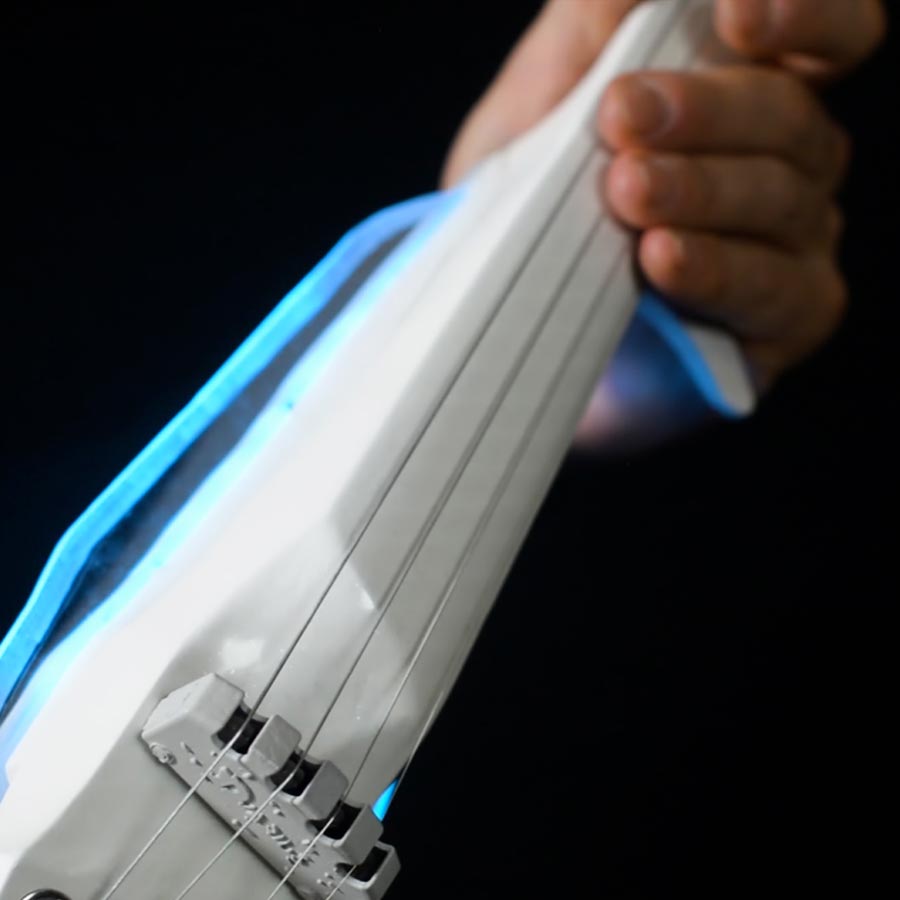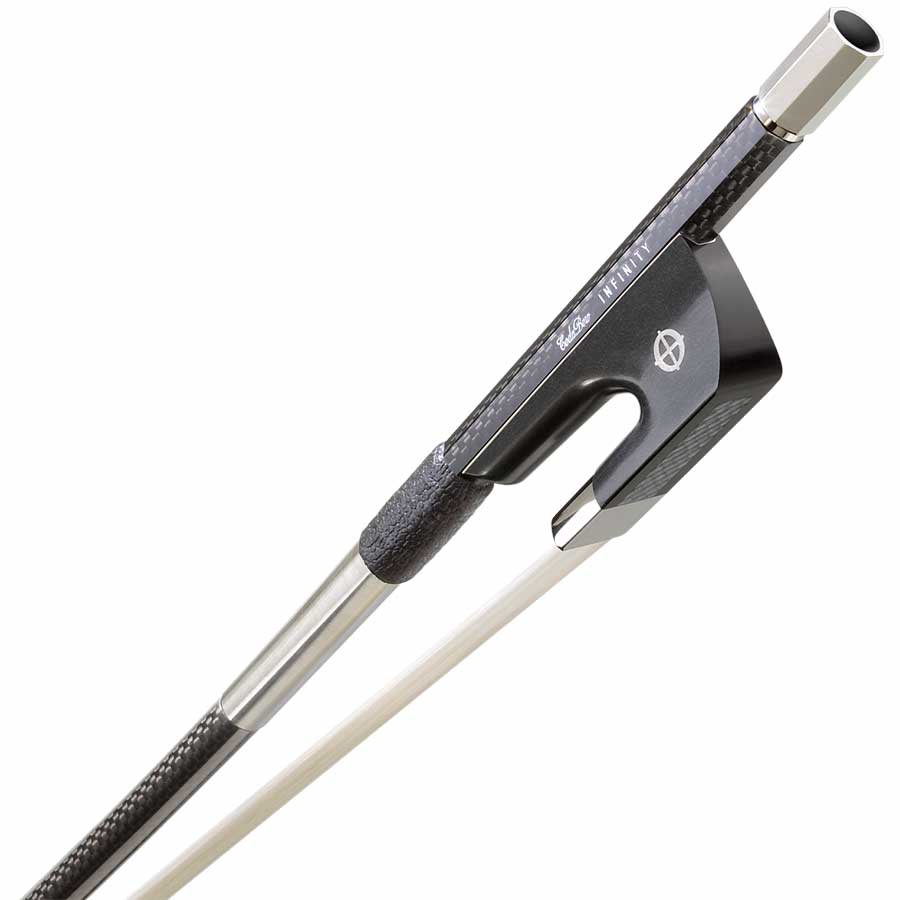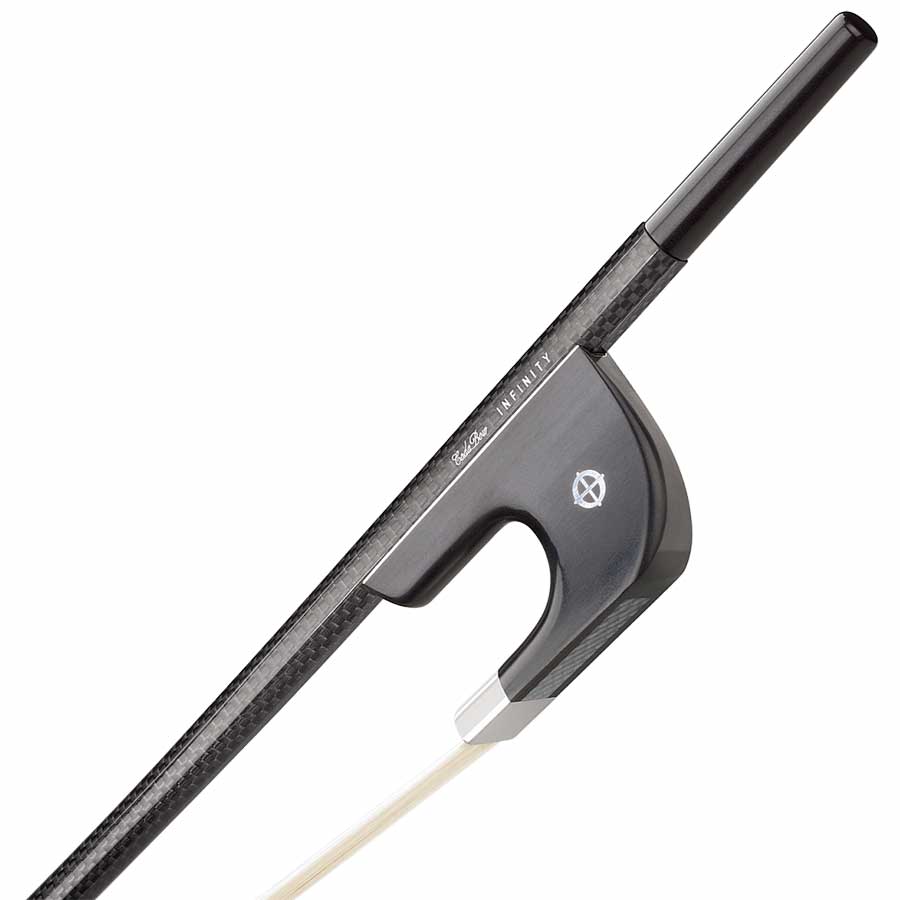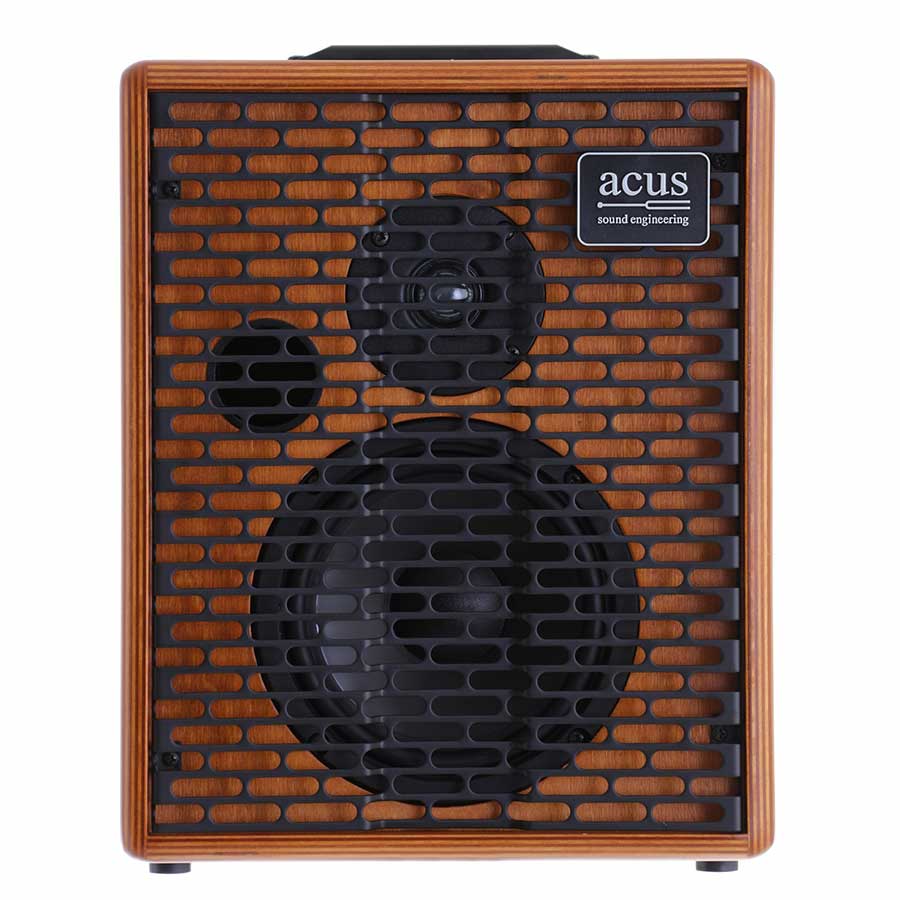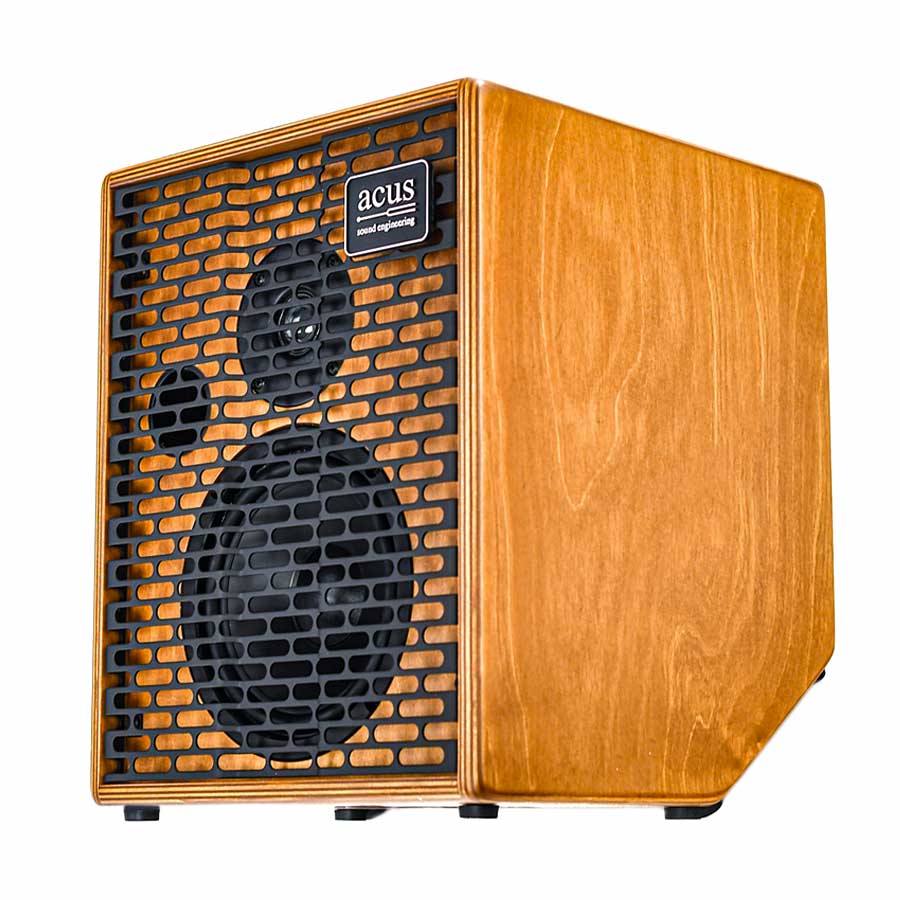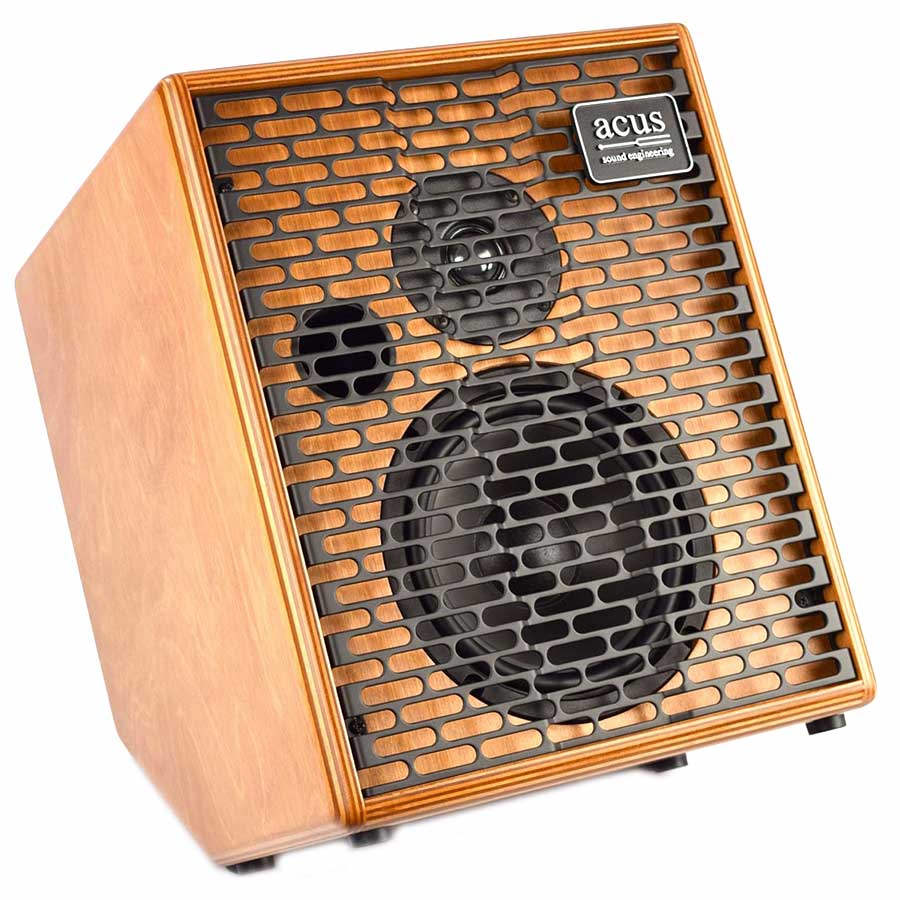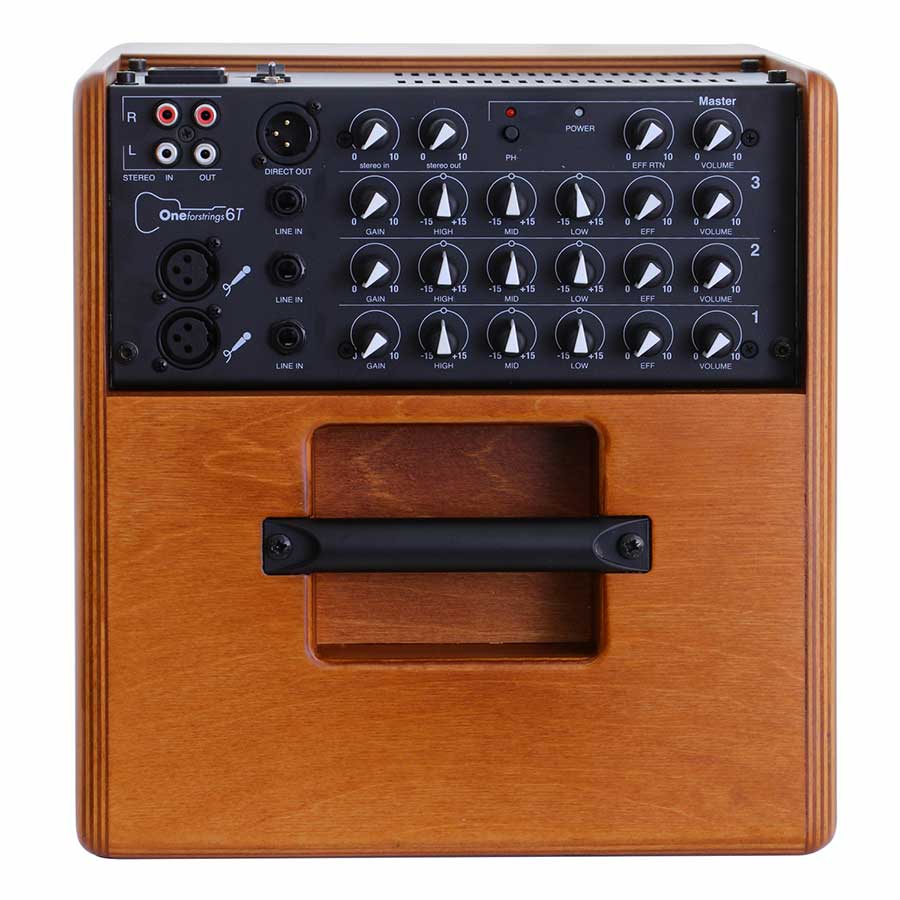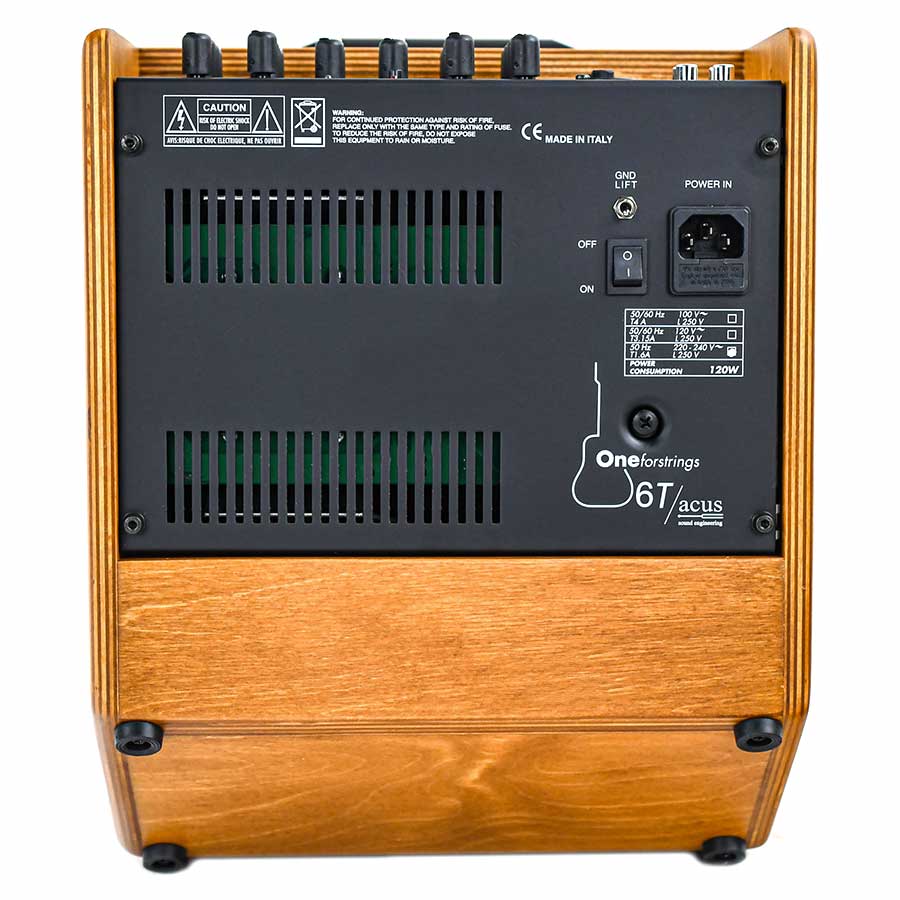Preamplificator: definition
A preamp allows you to turn a sound into an understandable and usable sound, using a musical instrument. Also known as a ‘preamp’, this electronic device enhances, cleans and eventually processes the signal produced by a microphone, a musical instrument or any other audio production device. It is an essential part of a sound capture chain.
A preamp can be a small device reserved for preamplification, or it can be any other device that contains a preamplification system that boosts your signal (effects processor, amplifier, preamp stompbox etc.)
What is the purpose of using a preamp?
The main interest of a pre-amp is to intensify the received signal, before transmitting it to the amplifier. Depending on the quality of the pickup installed on the instrument, the signal can be very weak, hence the need to enhance it to be more easily processable later.
The first purpose of the preamp is therefore to boost the received signal. However, today’s preamplifiers do not only amplify a signal, they also allow to adjust it using several parameters. You can color a sound to make it clearer, warmer, etc. thanks to adjustments applied to the frequencies of the signal.
Why is it recommended that musicians use a preamplifier?
You can find preamplifiers in every audio system, whether it be for microphones, musical instruments, hi-fi systems, mixing desks, etc.
Unfortunately, many built-in preamplifiers are of poor quality, as their main function is not preamplification. For instance, manufacturers do not focus their innovation efforts on preamplification if the product’s purpose is mixing.
Therefore, a musician cannot expect the mixer to be able to preamplify the sound of his instrument properly, since the mixer is primarily used to mix different sound sources in order to broadcast them on the same track via an amplification system. Even if it can improve the sound of a guitar, it is not its main purpose.
It is up to the musician to work on the sound produced! The signal sent after an instrument and the various intermediate devices must correspond to what he wants his audience to hear. The preamp allows the musician to work on the signal, whether it is to compensate for low signal strength or signal losses caused by cables, analog-to-digital converters and other equipment. Preamplifiers can also provide other features such as equalization and compression to improve the sound quality of the signal.
Which preamp should I choose?
Different types of preamplifiers available
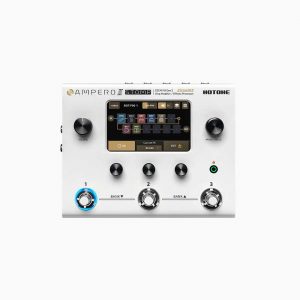 A preamp can come in many forms. Some devices are called ‘preamplifiers’ and they only serve this function. They are sold as ‘guitar preamps’. However, a preamp can also be an amplifier, an effect pedal (here the Ampero ii Stomp), a DI box, a wireless system or any other device connected directly to your instrument. Obviously, a preamp dedicated solely to preamplification has components specifically adapted to this role. An amplifier containing a preamp will not necessarily be the best, its primary purpose being amplification. The manufacturer of an amp relies more on the speakers than on the preamp.
A preamp can come in many forms. Some devices are called ‘preamplifiers’ and they only serve this function. They are sold as ‘guitar preamps’. However, a preamp can also be an amplifier, an effect pedal (here the Ampero ii Stomp), a DI box, a wireless system or any other device connected directly to your instrument. Obviously, a preamp dedicated solely to preamplification has components specifically adapted to this role. An amplifier containing a preamp will not necessarily be the best, its primary purpose being amplification. The manufacturer of an amp relies more on the speakers than on the preamp.
This doesn’t mean that amplifiers or any other devices are bad, but some devices do contain very poor preamplification systems that can not handle the sound produced by musical instruments. We will discuss this in more detail later.
In technical terms, there are two families of preamplifiers: transistor preamplifiers (the most common ones) and tube preamplifiers (sought after and loved by purists, especially guitarists). Most preamplifiers use transistors, electronic components capable of amplifying a signal. Several characteristics of a preamp are to be analyzed before buying it, notably the impedance, the sound-to-noise ratio (or S/N, S/N or SNR) and possibly the distortion rate.
Preamplifier characteristics
Sound to Noise ratio and Distortion Rate
The Sound to Noise Ratio, or S/N for Signal / Noise Ratio, is a measure indicated in decibels. Every electronic device generates a certain amount of noise that mixes with the audio signal. The S/N calculates the difference between the background noise generated by the device and its processed audio signal. The higher this ratio is, the lower the background noise, the better the quality of the device. If the ratio is given in negative, then the lower it is, the better it is.
The distortion ratio is rarely indicated by the manufacturers. However, keep in mind that the lower, the better.
Understand impedance
For a musical instrument, it is the most important element. Impedance measures the resistance of a system to the alternating current flowing through it. Simply put, it is the ability of the signal to propagate through a circuit. This is an important parameter as it can affect the amount of signal that passes from one device to another. For instance, a preamplifier may have a different input impedance than the signal sent from a musical instrument, which can result in signal loss and distortion. To minimize these negative effects, it is important to choose devices with a compatible impedance.
How do I know if I need a preamplifier?
It depends on the impedance of the instrument and the device you will connect it to. If the sound is fine, either you don’t need a preamp, or the first device connected to your instrument plays ideally its role of preamplifier. If not, if the sound is poor, there is a compatibility issue. The impedance of the instrument depends on its pickup: is it magnetic or piezoelectric? Is it passive or active?
Magnetic pickups VS Piezoelectric pickups
The difference between a magnetic pickup and piezoelectric pickup depends on the technology used. Bass guitars and electric guitars generally use high impedance magnetic pickups. Acoustic guitars and bowed string instruments (including electric violins and cellos) usually use piezoelectric pickups that generate a very high impedance signal. If you connect these instruments to devices with low impedance inputs, the signal will be reduced and distorted. On the other hand, devices with a high impedance input maximize the sound potential of your instrument. To understand how pickups work, please read our article: What is a pickup? How does it work?
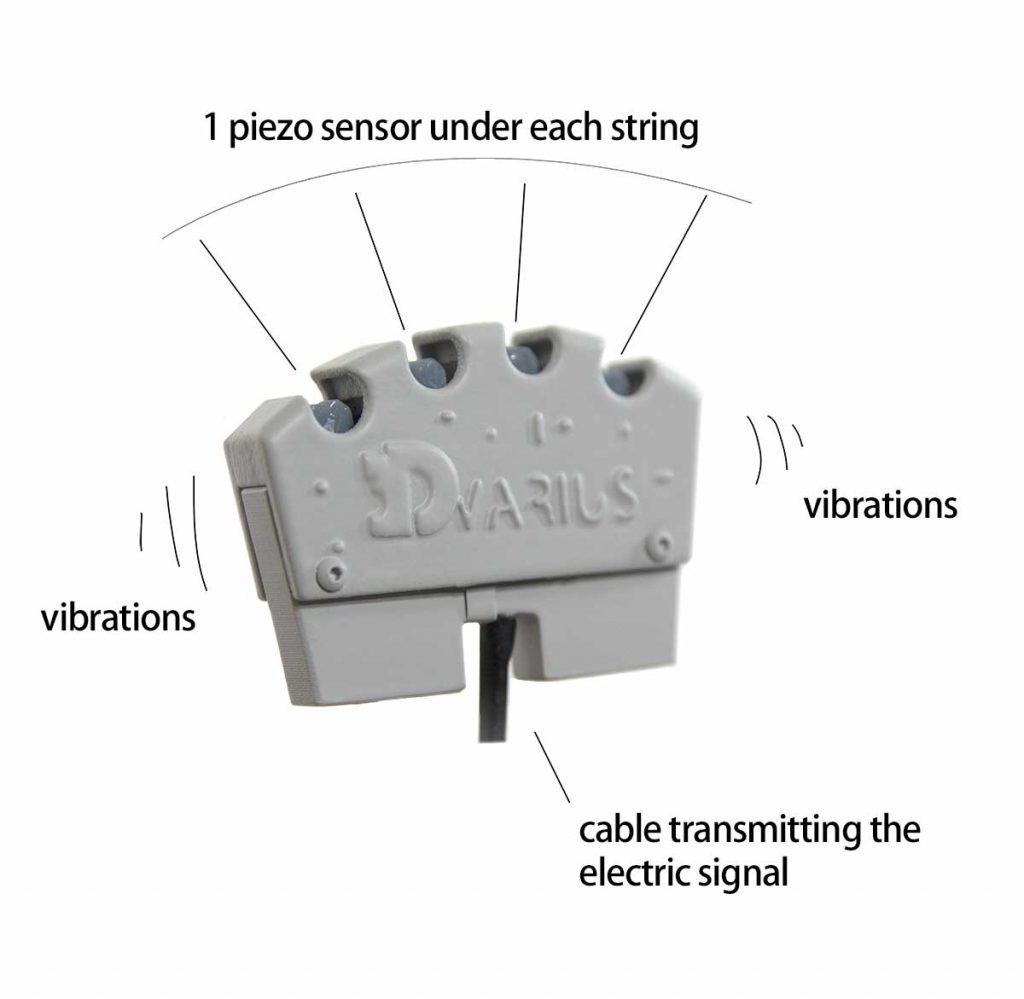
Active instruments VS passive instruments
‘Active’ instruments require the use of a battery to generate sound, whereas ‘passive’ instruments operate without a power source.
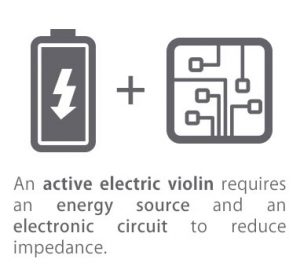
Impedances of musical instruments
Musical instruments usually have high impedance (guitars, basses, etc.) and most musical instrument devices have different inputs that can handle their impedances. For instance, the Ampero Hotone effects processor has a switch to select an input mode from 3 different impedance values:
- The EGT for guitar or electric bass (high impedance magnetic pickup): 1MOhms
- The AGT for acoustic guitar or other acoustic instrument (very high impedance acoustic pickup) : 4,7MOhms
- The Line for a keyboard or a synthesizer (signal and impedance controlled) : 10KOhms

Each mode has its own type of input impedance. Musical instruments that produce very high impedances use piezoelectric pickups. This is the case of most electric violins, violas, double basses and cellos, but also of some acoustic guitars.
| Type of pickup | Type of impedance | Impedance range | Recommended entry |
|---|---|---|---|
| Passive magnetic pickups (electric guitars, basses) | High impedance | Between 5 and 20kOhms | 1MOhms or more |
| Passive piezo pickups (violins, cellos, acoustic guitars) | Very high impedance | Between 500kOhms and 3MOhms (sometimes more) | 1MOhms minimum or more if possible |
| Piezo or magnetic active pickups (music instruments using a battery to generate a sound) | Weak impedance | < 20kOhms | 1MOhms |
For instance, the Ampero Hotone modes would require the EGT mode for an electric guitar that uses a passive magnetic pickup, and the AGT mode for an electric violin that uses a passive piezo pickup.
The AGT mode is recommended for all our violin and cello players, as our electric violins and cellos have a passive piezo pickup. It is therefore necessary to check the compatibility between the output impedance of your instrument and the input impedance of the following device. The input impedance value might not be mentioned. If this is so, check the device category: is it specifically designed for a violin? or for an electric guitar?
Be careful, the output impedance of the instrument is only to be taken into account for the first device following the signal. If you connect your violin directly to an effects processor, it must be compatible. If you use a wireless system, it is this system that must be compatible.

What if the input and output impedance do not match?
Several possibilities exist: no sound at all, a sound blurred by parasites or buzzing, a sound generating breath at high volume, a distorted and nasal sound, a very weak sound, an intermittent sound, etc.
The difference in impedance between the two components will eliminate part of the signal and its frequencies, which is why the sound is incomplete. The impedance of your instrument is often the reason for the incompatibility with some low-end devices. These electronic devices can not handle the signal and generate a distorted or intermittent sound.
Sources and pics: Hotone, Xvive, 3Dvarius





